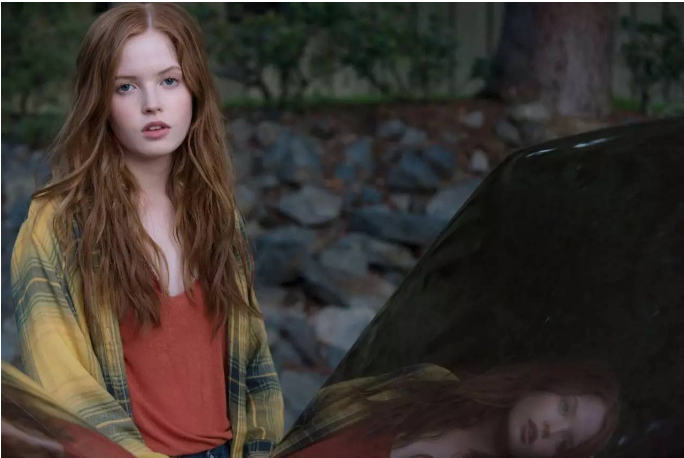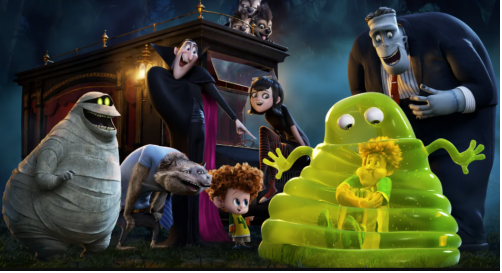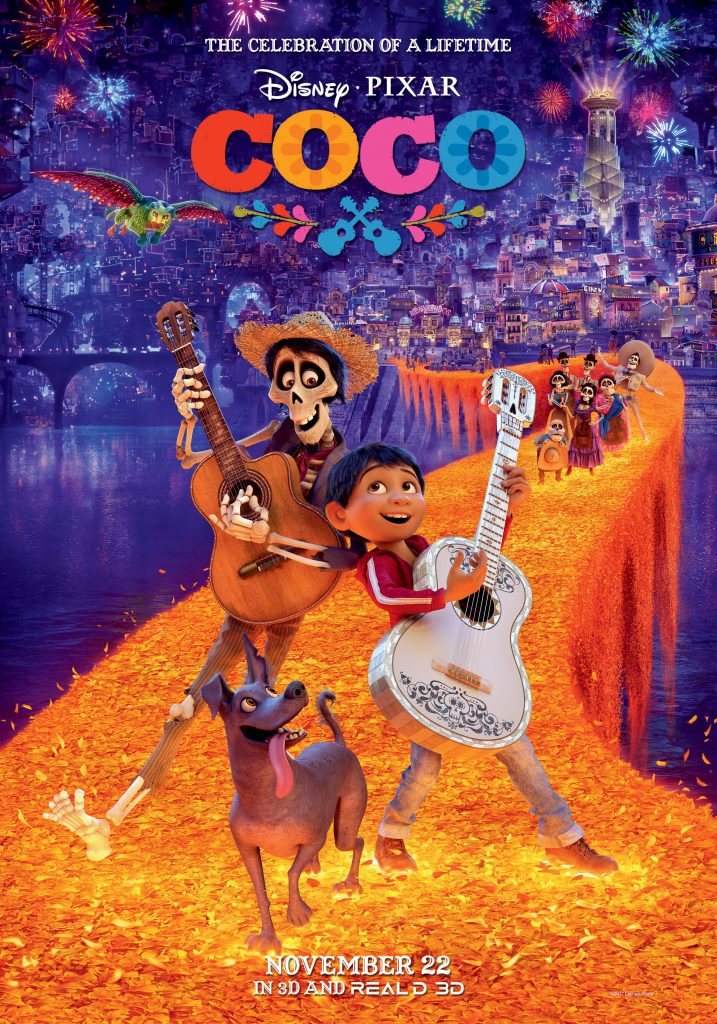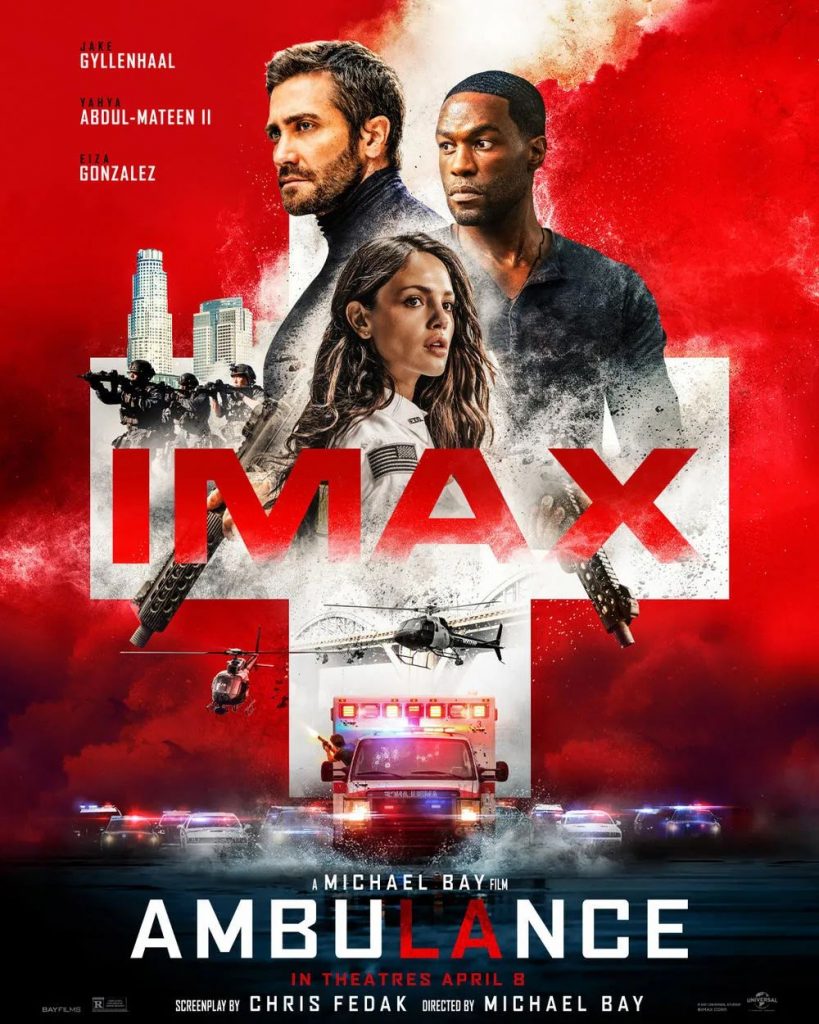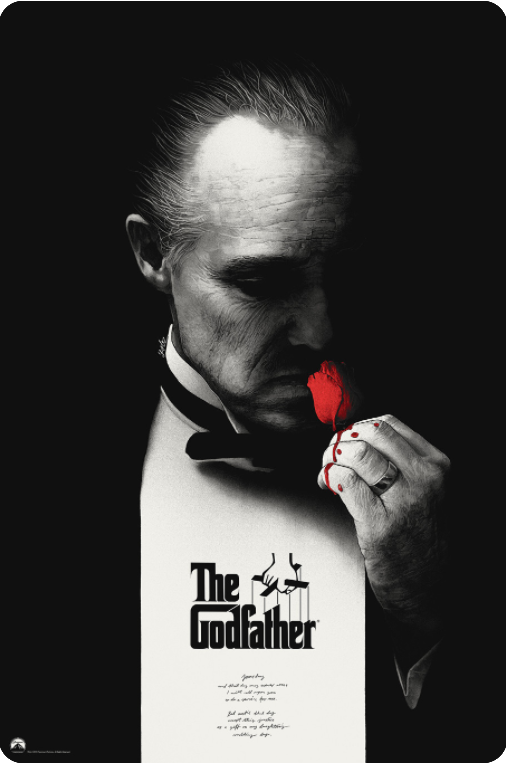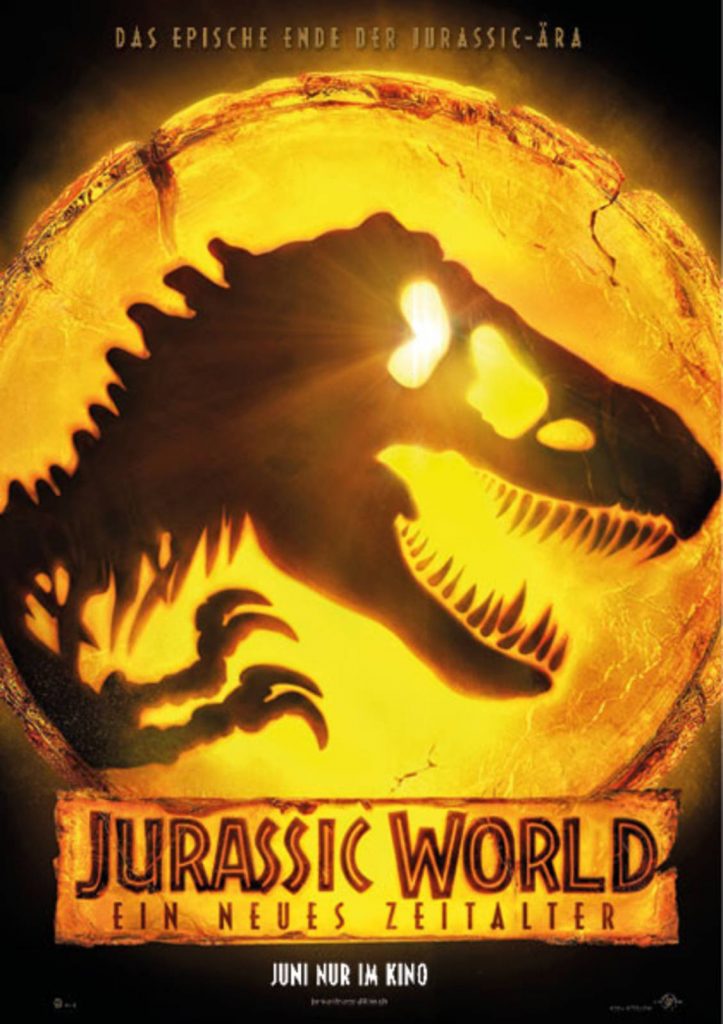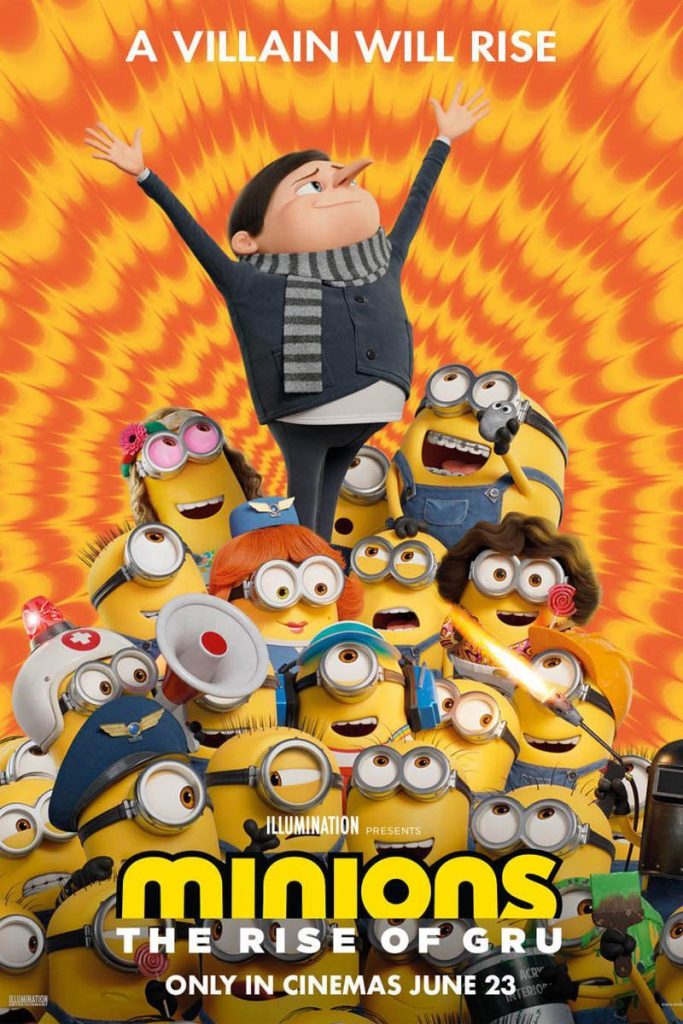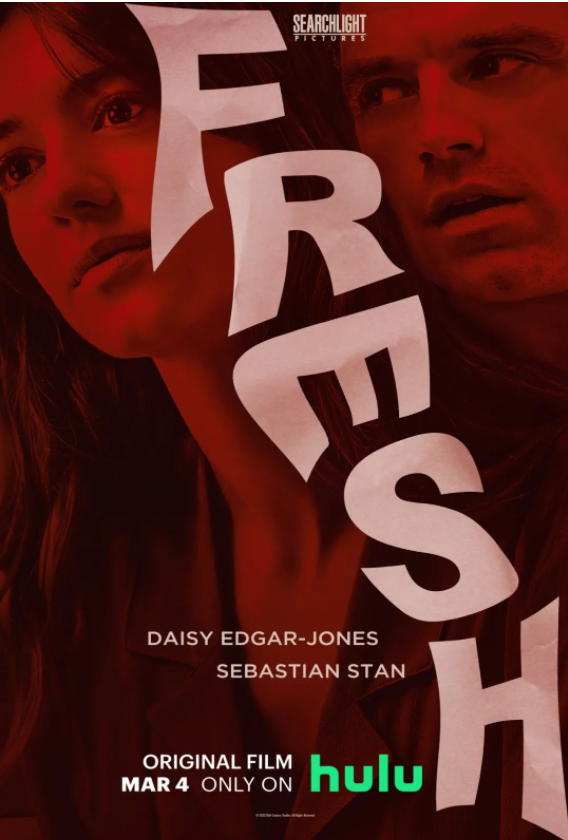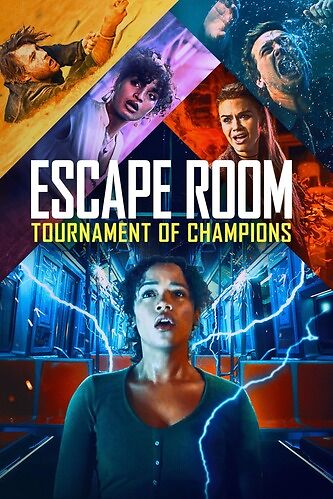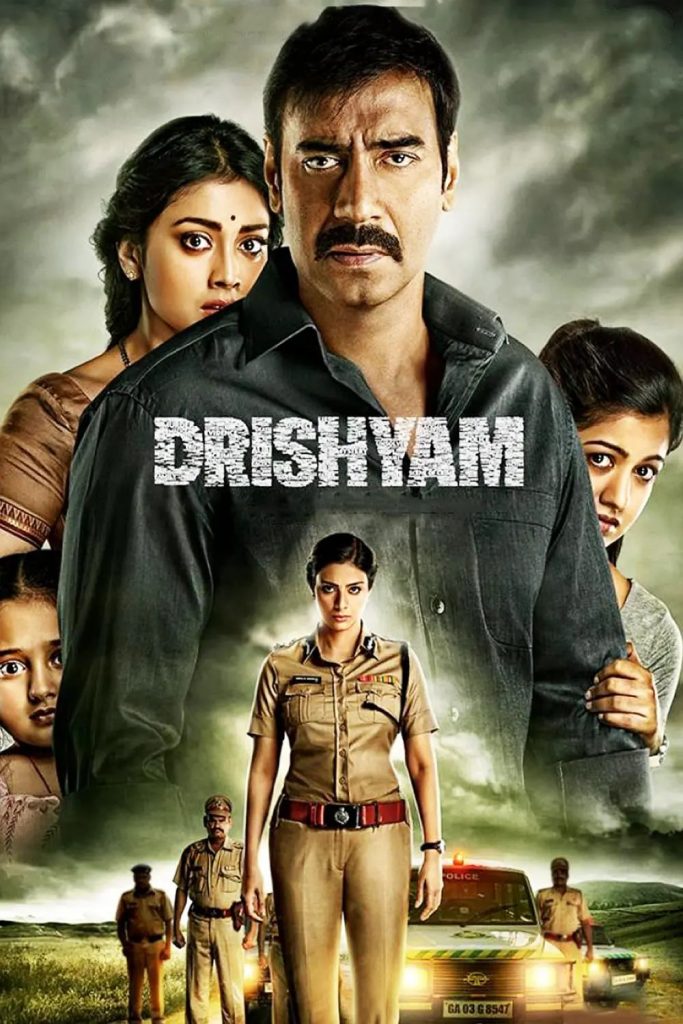Tom Ford He is the builder of a fashion empire, as a fashion designer he climbed the ranks to become Gucci’s design director; as the founder of a brand that bears his name and has become an industry benchmark. As a director, he has proved himself one film at a time. The cinematographer for this film is Mogavi, who worked on Atonement and Avengers I. Nocturnal Animals is based on the novel Tony and Susan by Austin Wright, which Ford read in 2011. Director Ford has made sweeping adaptations to the story, including changing the location from London to Los Angeles and Texas.
Amy Adams plays Susan, a rich but empty gallery owner who one day receives a manuscript from her ex-husband Edward (played by Jake Gyllenhaal). The two had last seen each other 20 years ago, when he was a struggling writer. She loses faith in him and moves on to another rich and ambitious man (Armie Hammer). But then the marriage slowly turns sour too, and Susan feels both regret and guilt. Edward’s book manuscript is dedicated to Susan and is vivid and violent. Although the story is not about their marriage, it is clear that the ex-husband has expressed his feelings and emotions about that marriage through the creation of his novel. What exactly those emotions are and mean was left to the audience to judge, Ford said at the Bafta Awards.
Nocturnal Animals is based not just on the images Mogavi made, but on his expression of the emotional core behind them. Here is MovieMaker’s interview with the acclaimed cinematographer.
What machine was used to shoot Nocturnal Animals?
We shot with Panavision’s Panaflex XL camera and 35mm film, which is a relatively uncommon approach these days. From my previous experience, this equipment was also very tiring to shoot with. We used Panavision’s Primo lenses and shot the action bits handheld and on Steadicam.
Why shoot on film?
The director and I both felt that the film should have been shot on film. Digital filming has recently become a trend, but cinematographers should be selective, and the chemistry of film, as in this case, had an unexpected effect. Although film is not as realistic as digital shooting before the colour grading. In particular, the story in the shadow of a shadow – the story that Susan’s mind renders after reading the book – is full of thrilling, tumultuous and ever-changing images, which were shot thanks to the properties of film. There is a graininess and a transparency to the composition that really draws us to film.
The three sections of the film have very different ways of presenting themselves: Susan’s world, where the images are pale, symmetrical and fragmented; then the nostalgic flashbacks, with filters added, where the images are soft and dynamic and the dynamic photography reflects a sense of innocence and hope; and finally the shadow within a shadow, where we portray the West Texas landscape through graininess and colour. We wanted the images in Susan’s mind to be screen-like, more vibrant than those depicted in the book, with vivid and vibrant colours by day and as rich as graphite prints by night. Because of the layers of activity in Susan’s psyche, the shadow within the shadow is filled with images that have symbolism.
The colour red appears frequently in key moments of the story; tell us why red was chosen as the main expression of the theme and vision? Susan tells Edward that the time she had her mind on something while reading his book was sitting on a red sofa. The red sofa then also appears in a tragic scene.
I really like the colour red. We wanted to give that part of the film a more colourful perspective, but also the red is the theme of the film. The three stories are linked to each other, like the part on the couch. There are a lot of these elements that recur in the film, in the form of images, in the form of colours, or in the recreation of themes that link the stories together. Because it’s all in Susan’s head. It’s as if she’s manipulating the direction of the film. That’s the effect the director wanted to achieve. It’s a series of thoughts that go through the heroine’s head as she reads the manuscript, and then a whole series of images are born from it.
Also, Susan’s hair is fiery red, as are the other three main female characters. Dating back to the director’s debut film, A Single Man, Julianne Moore’s hair is also red. Is the director particularly obsessed with red hair?
I’m not sure. I think what he was after was a sense of family connection. Because everything comes from Susan’s imagination, and Susan is a redhead in the film. Every scene is almost a projection of herself, a derivation of her world, and the fragments of that derivation are scattered throughout the film. I want the audience to feel this. There’s Susan, there’s the character played by Isla Fisher, that character’s daughter and in reality Susan’s own daughter. It’s all red hair. We were all trying our best to convey the effect that the director wanted to see. Tom is very good at storytelling, very good at teamwork, and he was able to express very clearly what he wanted to do. But because the film has had some big changes since the original novel, the initial changes are known only to the director and may have come from personal experiences or other inspirations.
The opening of the film is very impressive, with an obese naked woman dancing, an image that attracted a lot of attention. Can you talk about this scene?
It was our first day of shooting and when we started filming, the other members of the group who had just arrived were shocked: “What is this film we’re making?” The director was very good at grabbing people’s attention, but the audience could also quickly realise that we were actually filming artwork on the walls around us, which made for a very snappy image.
Tom got these actresses who he had a really good relationship with. Probably because it was the first day of filming, this scene was one of the happiest moments of the whole shoot and it came out amazingly well. I shot them in slow motion in the gallery and they were so confident and so happy, it was a wonderful scene.
At first I didn’t know what the point of the scene was, because these women were fat and definitely not very healthy, and I thought it felt cruel to film them. But you can see that they are all so happy.
What Tom really wanted to show was that people laugh at them without thinking at first sight. But the scene was never meant to be mocking, otherwise Tom wouldn’t have made it so artistic and treated the actors so well and edited it so carefully. I think what Tom wanted to show was the spirited and jubilant side of the girls. At the same time there is a bit of Fellini-esque indulgence and depravity and maybe a little bit of morbid Amelican artistry. It’s certainly not all praise, there’s a dark layer of metaphor in there. Tom is very good and very skilled at mining the hidden darkness and psychological activity, which allows him to bury a kind of undercurrent that surges throughout the film.
Tom Ford has been a successful fashion designer for over 30 years. This is only his second film. You have been working with veteran directors including Joe Wright and Sam Taylor-Johnson (Aaron Taylor-Johnson’s wife). Were you worried when you made this film? Did the director send you a fancy suit?
No, I didn’t receive a suit …… but I was rewarded with the opportunity to work with Tom! As a cinematographer I have worked with many filmmakers and I think what stands out about Tom is his organised and lively way of communicating, he wouldn’t specify what I would shoot in, but he would describe imaginatively what he wanted to see. He was able to put his imagination into words and let us work with him to get his plans right. If he wasn’t happy with it, he would tell you politely. So working with him is energising, even if it’s something as boring as setting up a machine, setting colours or examining content. It’s very exciting to work with someone with Tom’s depth of visual awareness. We had a great conversation from the first day of work.
Tom has a great sense of humour and always makes people laugh. He works very hard and is one of the most well-prepared directors I’ve ever worked with, not only does he know what he wants, but he knows that things can go wrong on set at any time. He’s flexible and can change his approach at any time, but still remains in control of the process. That’s the mark of a great director.
Were there any surprises you encountered while making this film?
The scene where a group of rednecks hold up a family on the road at night – and I don’t want to use the insulting term “rednecks”. The scene was designed to be shot in a very smooth way to make it easier. But David (David Emmerichs, the A-bit operator) and I decided to run and shoot with the camera on our shoulders. This freed up the actors to act with abandon. It was improvisation within reason, and the actors responded really well. It was like a private viewing experience as we saw their great performances for the first time through the camera. It took us a couple of nights to shoot the whole thing. There were some moments where you could really feel the tension and fear in the performance, which was great.
The film set is actually a very small place. There weren’t many people around. As soon as the boards started shooting at night, the crew disappeared into silence and darkness. You can really feel like you’re in a created scene, like it’s been electrified. When I watched the film, I felt that feeling once again.
What were you thinking when you watched the film?
Nocturnal Animals was the first time I watched a film I had made in the way that I watched a film, and when I watched it I didn’t think, “Oh this piece I could have actually done this, or I could have done this piece better, or this shot is slightly out of focus.” I was completely sucked in. The only time I look at it from a technical point of view is when the piece isn’t appealing.
It’s clear that Tom Ford loves human beauty. There is a nude shot of Jake Gyllenhaal and Aaron Taylor-Johnson in the film that audiences really like. And are there any particular challenges to shooting nudes?
Just like any kind of photography, nude photography is art. I started my career doing stills and I did a lot of nudes when I was a photographer. I really enjoy shooting nudes, especially when I can shoot delicate people like Jack and India Menuez (who plays Susan’s daughter). Shooting nudes is basically looking at a static human body and capturing it in a sculptural form. We struggled with the sequence where Michael Shannon and Jack as the sheriff find the body on the red couch, struggling to pose the actor’s body as if she had just been woken up by her mother on the phone. All these superimposed and mirrored shots were easy to set up, but the effect that came out was chilling. It was very difficult to have actors who were comfortable showing their bodies and posing to work on this sequence.
I haven’t really explored creating 3D in a film yet. When we were first working on The Avengers, we were going to shoot it in live-action 3D, but we ended up using a transfer, which allows you to adjust the dimensions in the shot very flexibly in post-transfer 3D, whereas you can’t do that with straight live-action 3D. I think Hugo is actually the best 3D film ever made. I also liked Wim Wenders’ documentary on Pina Bausche.
I’m not against 3D, I just find it a bit inconvenient to watch and I don’t like wearing glasses in the cinema because I can always see the frames. The beauty of cinema is that it is a window into the world of cinema, and glasses are like another kind of window, like an extra keyhole between the human eye and the screen. So, my movie-going experience is not enhanced by 3D, but rather diminished. But I can foresee that there may be ways to improve the 3D experience in the future. 3D is just a different way of seeing a film, not an enhanced sense of reality. In fact, for me 3D is further away from reality. The technology moves away from the real, rather than closer to it.
Going back to Nocturnal Animals, the film has a lot of panoramic shots of the magnificent landscape of the desert. Can you talk about why you shot it this way?
The director and editor Joan Sobel wanted to leave the panoramic shots to the shadow within the shadow, to create a psychological perspective. Some of these shots were shot very well, at the right time of day and done with ease. We had a tight crew, so we were able to spot the scene view and then play it in time. The scene where Jack is looking for where he was put down by the muggers, we were filming and suddenly we saw the sunset, with the clouds stacked on top of each other, like a scene of time passing. So I immediately jumped on top of a truck, set the camera and started filming, and Jack played it particularly well. The actor also loved this kind of on-set reaction shot.
We filmed him crawling under a barbed wire fence. The reason we kept this shot was because the view of the clouds was a good metaphor for the absurdity of it. [Laughs] We didn’t expect that when we shot it. We were just like, “God, look at that, that cloud is funny!” Of course, the group effort in the editing revealed the profound meaning of the shot. That’s one of the joys of making a film. At every stage, the cinematographer is stepping into the director’s shoes, using visual language to reshape meaning and make a point. This is why editing has a special place in the hearts of filmmakers.
